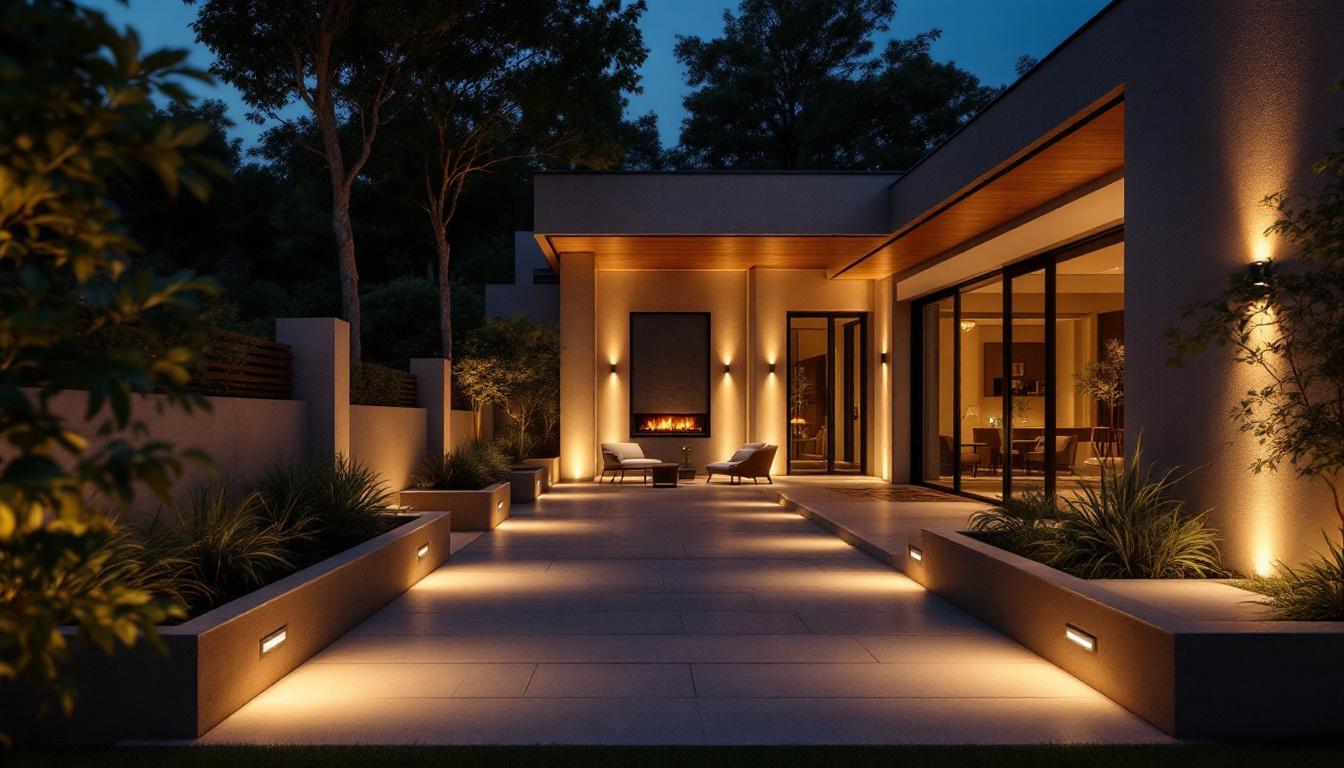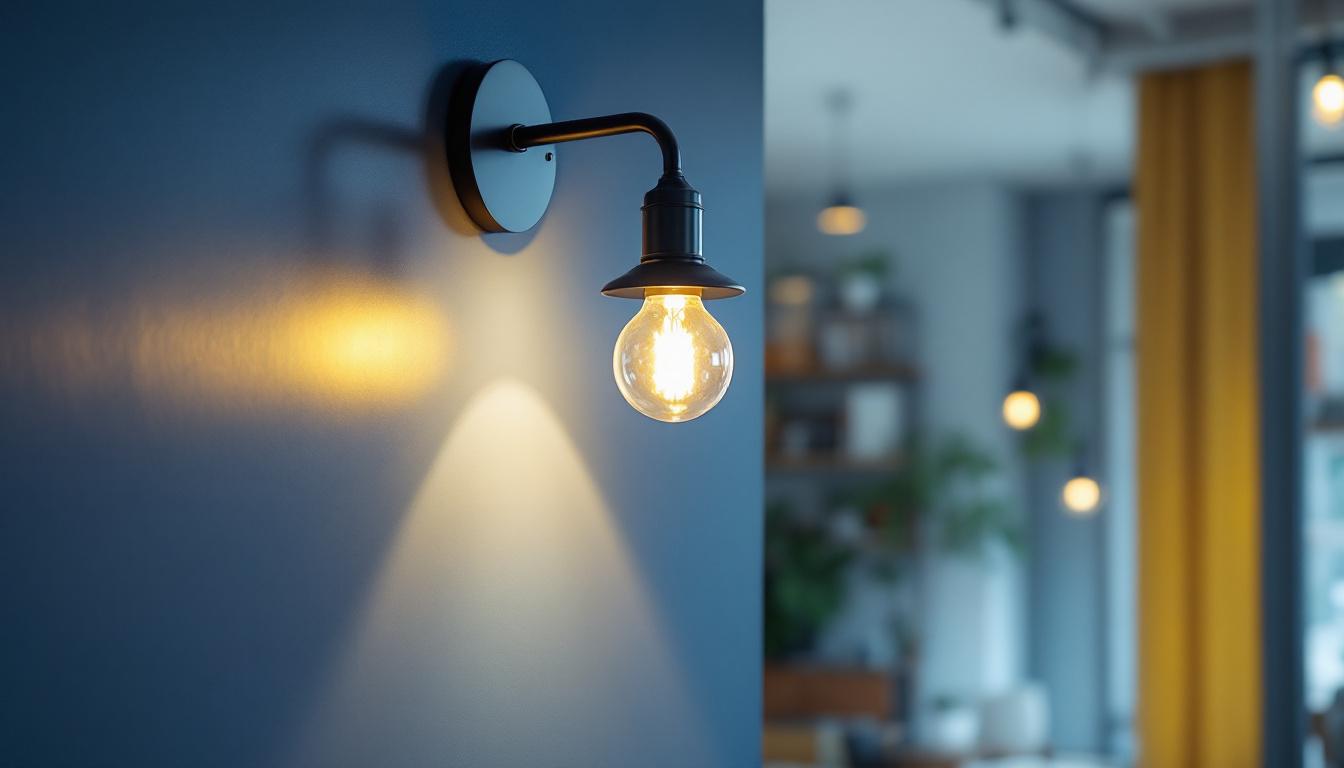
In the ever-evolving landscape of lighting installations, contractors are constantly seeking ways to enhance profitability while delivering high-quality results. One innovative solution that has gained traction in recent years is the concept of the “Light Bed.” This approach not only optimizes the installation process but also ensures that lighting systems are efficient, sustainable, and tailored to the needs of clients. This article explores the Light Bed concept, its benefits, and strategies for maximizing profitability in lighting installations.
The Light Bed refers to a systematic approach to lighting installations that emphasizes organization, efficiency, and adaptability. By creating a structured environment for the installation process, contractors can streamline their workflow, reduce waste, and enhance overall project outcomes. This concept is particularly beneficial in commercial and industrial settings, where large-scale lighting projects often present unique challenges.
At its core, the Light Bed is about creating a designated workspace that allows for the efficient assembly and installation of lighting fixtures. This workspace is organized with all necessary tools, materials, and equipment readily available, minimizing downtime and maximizing productivity. The concept encourages contractors to think critically about their installation processes, identifying areas for improvement and implementing best practices. Furthermore, the Light Bed can be adapted to various project scales, from small office renovations to extensive warehouse overhauls, making it a versatile solution in the ever-evolving landscape of lighting design.
Organization is a key component of the Light Bed approach. By ensuring that all materials are easily accessible and properly labeled, contractors can significantly reduce the time spent searching for tools or components. This not only speeds up the installation process but also minimizes the risk of errors that can lead to costly rework. A well-organized workspace fosters a more efficient workflow, allowing contractors to focus on delivering quality results. Additionally, an organized Light Bed can enhance safety on the job site; when tools and materials are stored in designated areas, the risk of accidents due to clutter is greatly diminished. This safety aspect is particularly crucial in industrial environments where heavy equipment and high-voltage systems are involved, as it helps to create a more secure working atmosphere for all personnel involved.
Another significant advantage of the Light Bed concept is its inherent adaptability. As project requirements change or unforeseen challenges arise, the structured nature of the Light Bed allows contractors to pivot quickly without losing momentum. For instance, if a specific type of lighting fixture becomes unavailable, having an organized workspace means that alternative solutions can be identified and implemented with minimal disruption. This flexibility not only helps in meeting tight deadlines but also ensures that the final installation aligns with the client’s vision and specifications. Furthermore, the adaptability of the Light Bed can extend to the integration of new technologies, such as smart lighting systems, which are increasingly becoming standard in modern installations. By maintaining an organized and efficient workspace, contractors can more easily incorporate these innovations, enhancing the overall functionality and appeal of the lighting design.
Adopting the Light Bed concept can lead to numerous benefits for lighting contractors. From increased efficiency to enhanced client satisfaction, the advantages are substantial. Understanding these benefits can help contractors make informed decisions about their installation processes.
One of the most significant benefits of the Light Bed approach is the increase in efficiency it offers. By organizing the workspace and streamlining the installation process, contractors can complete projects more quickly without sacrificing quality. This efficiency translates to lower labor costs and the ability to take on more projects within a given timeframe.
With a structured installation process, quality control becomes more manageable. The Light Bed approach allows contractors to implement standardized procedures, ensuring that each installation meets the same high standards. This consistency not only enhances the quality of the work but also builds trust with clients, leading to repeat business and referrals.
Clients are increasingly demanding high-quality installations that are completed on time and within budget. By adopting the Light Bed concept, contractors can better meet these expectations. The combination of efficiency, quality control, and organization leads to a smoother installation process, resulting in happier clients who are more likely to recommend the contractor to others.
To fully leverage the benefits of the Light Bed approach, contractors must implement specific strategies that align with their unique project requirements. Here are some effective strategies to consider.
Before implementing the Light Bed concept, it is essential to assess your current installation processes. Identify areas where inefficiencies exist, such as excessive downtime or disorganization. This assessment will provide valuable insights into how the Light Bed approach can be tailored to your specific needs.
Having the right tools and equipment is crucial for the success of the Light Bed approach. Investing in high-quality tools can enhance efficiency and reduce the likelihood of errors during installation. Additionally, consider using technology such as project management software to help organize tasks and track progress.
Successful implementation of the Light Bed concept requires buy-in from the entire team. Providing training on the principles of the Light Bed approach can help ensure that all team members understand the importance of organization and efficiency. Encourage open communication and collaboration among team members to foster a culture of continuous improvement.
To determine the effectiveness of the Light Bed approach, contractors should establish key performance indicators (KPIs) that align with their business goals. These metrics can provide valuable insights into the impact of the Light Bed on overall profitability and project success.
Measuring labor efficiency is a critical KPI for assessing the success of the Light Bed approach. Track the amount of time spent on each installation project and compare it to previous projects. A decrease in labor hours can indicate improved efficiency and profitability.
Implementing quality metrics is essential for evaluating the effectiveness of the Light Bed approach. Monitor the number of rework instances or client complaints related to installations. A reduction in these metrics can signify that the organized approach is leading to higher-quality outcomes.
Client feedback is a valuable source of information for measuring the success of the Light Bed concept. Conduct surveys or gather testimonials from clients after project completion to assess their satisfaction levels. Positive feedback can reinforce the benefits of the Light Bed approach and encourage further adoption.
While the Light Bed approach offers numerous benefits, it is essential to recognize potential challenges and considerations that may arise during implementation. Understanding these challenges can help contractors navigate obstacles effectively.
One challenge that contractors may face when adopting the Light Bed concept is the initial investment required for tools, equipment, and training. While these costs can be significant, it is important to view them as long-term investments that will pay off through increased efficiency and profitability.
Implementing a new approach often encounters resistance from team members who are accustomed to existing processes. To mitigate this resistance, it is crucial to communicate the benefits of the Light Bed concept clearly and involve the team in the implementation process. Encouraging feedback and addressing concerns can help foster a more positive attitude toward change.
Examining real-world examples of successful Light Bed implementations can provide valuable insights into the effectiveness of this approach. Here are a few case studies that highlight the benefits of the Light Bed concept.
A lighting contractor was tasked with renovating the lighting system in a large commercial office building. By implementing the Light Bed approach, the team organized their workspace, ensuring that all materials were readily available. As a result, the project was completed two weeks ahead of schedule, leading to significant labor cost savings and increased client satisfaction.
In another instance, a contractor was responsible for upgrading the lighting system in an industrial facility. By utilizing the Light Bed concept, the team was able to streamline the installation process, reducing the time spent on-site by 30%. This efficiency not only improved profitability but also allowed the contractor to take on additional projects.
The lighting industry is continually evolving, with new technologies and trends emerging regularly. Staying informed about these trends is essential for contractors looking to maximize profitability in their installations.
One of the most significant trends in lighting installations is the rise of smart lighting solutions. These systems offer enhanced control, energy efficiency, and customization options for clients. Contractors who embrace smart lighting technology can differentiate themselves in a competitive market and provide added value to clients.
As sustainability becomes a top priority for many businesses, contractors must focus on energy-efficient lighting solutions. Implementing sustainable practices not only aligns with client expectations but can also lead to cost savings in the long run. The Light Bed approach can be adapted to incorporate sustainable materials and practices, further enhancing its appeal.
The Light Bed concept presents a transformative opportunity for lighting contractors seeking to maximize profitability in their installations. By emphasizing organization, efficiency, and quality control, contractors can streamline their processes and enhance client satisfaction. While challenges may arise during implementation, the long-term benefits far outweigh the initial hurdles. As the lighting industry continues to evolve, embracing innovative approaches like the Light Bed will be crucial for staying competitive and achieving sustained success.
Ready to enhance your lighting installations with the efficiency and quality of the Light Bed concept? At LumenWholesale, we provide the spec-grade lighting products you need at unbeatable wholesale prices. Say goodbye to middleman markups and hello to a vast selection of industry-standard, reliable lighting solutions. With free shipping on bulk orders, you can trust that you’re getting premium lighting at the best value — without any hidden fees. Elevate your lighting projects today by visiting Wholesale Lighting at the Best Value and discover the LumenWholesale difference.

Discover how dusk to dawn sensors can revolutionize lighting installations by enhancing energy efficiency and reducing operational costs.

Discover how LED bulb lights revolutionize safety in lighting installations.

Explore innovative strategies and expert tips from top lighting contractors on installing recessed outdoor lights.

Discover how wall mounted bracket lights can boost your lighting business profits.